
Route Highlights: Temple of the Emperors of Successive Dynasties - White Dagoba Temple - Hutongs around White Dagoba Temple
Why We Recommend It: Take a leisurely stroll through the ancient capital of Beijing and embark on a half-day walking journey that transcends time.
Begin at the Temple of the Emperors of Successive Dynasties, a solemn and dignified site that stands as a testament to China's ancient political civilization and the integration of multiple ethnic groups. From there, make your way to the White Dagoba Temple, where the only well-preserved Tibetan-style stupa from the Yuan Dynasty capital stands tall, exuding tranquility and majesty.
In the hutongs surrounding the White Dagoba Temple, find a cozy café terrace, order a cup of rich coffee, and enjoy the beautiful interplay of the ancient temple and the old city. Alternatively, you can visit the tranquil White Dagoba Academy, sip a cup of fragrant tea, and immerse yourself in the aroma of books and the ancient charm. Wander through the narrow alleys and explore the authentic atmosphere of old Beijing.
For dining, we recommend Jingyi Restaurant for its authentic Hubei cuisine. Be sure to call ahead for a reservation to savor the delicious flavors. If you prefer not to wait in line, the nearby noodle shops and snail rice noodle stores can also satisfy your appetite. This half-day hiking tour will take you through Beijing's history and daily life, allowing you to experience the unique charm of the ancient capital!
Temple of the Emperors of Successive Dynasties
Address: No. 131, Fuchengmen Nei Dajie, Xicheng District, Beijing.
Opening Hours: Tuesday to Sunday, 9:00–17:00 (last admission at 16:30); closed on Monday.
Admission Fee: 20 yuan. Some groups are eligible for free or half - price admission.
The Temple of the Emperors of Successive Dynasties was first established in the ninth year of the Jiajing era of the Ming Dynasty (A.D. 1530), and it has a history of over 480 years. It was the place where the emperors of the Ming and Qing dynasties offered sacrifices to the emperors and meritorious generals of previous dynasties. From the Jiajing period of the Ming Dynasty to the end of the Qing Dynasty, a total of 662 grand sacrificial ceremonies were held at the Temple of the Emperors of Successive Dynasties, among which the emperor personally presided over the sacrifices on 16 occasions.
The Temple of the Emperors of Successive Dynasties is the only existing Ming and Qing imperial temple in China for the worship of the Three Sovereigns and Five Emperors of ancient China, as well as the emperors and civil and military officials of successive dynasties. It is a historical testament to the continuous development of China as a unified multi - ethnic nation. In 1979, it was designated as a cultural relic protection unit in Beijing, and in 1996, it was announced by the State Council as a national key cultural relic protection unit.
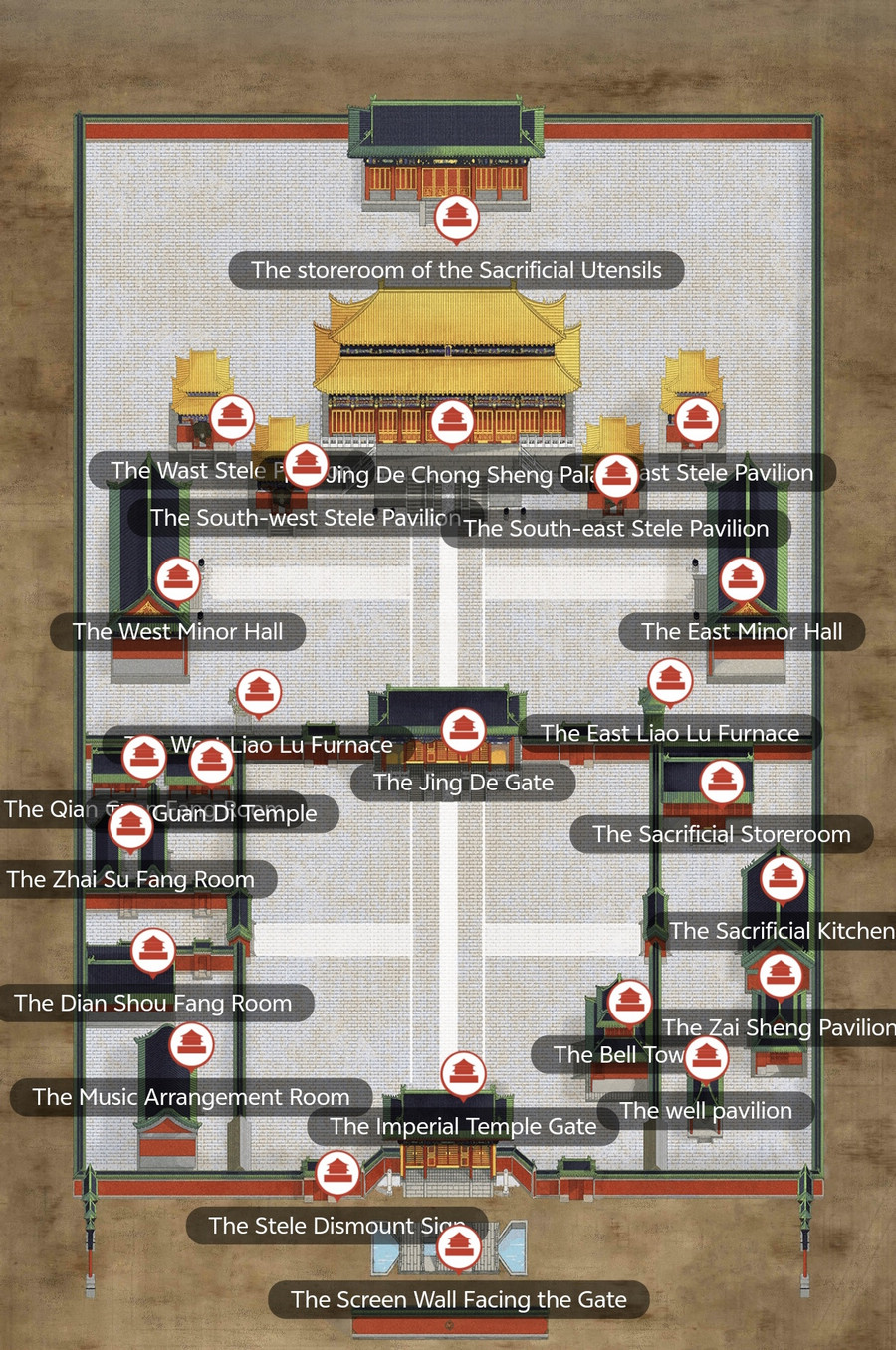
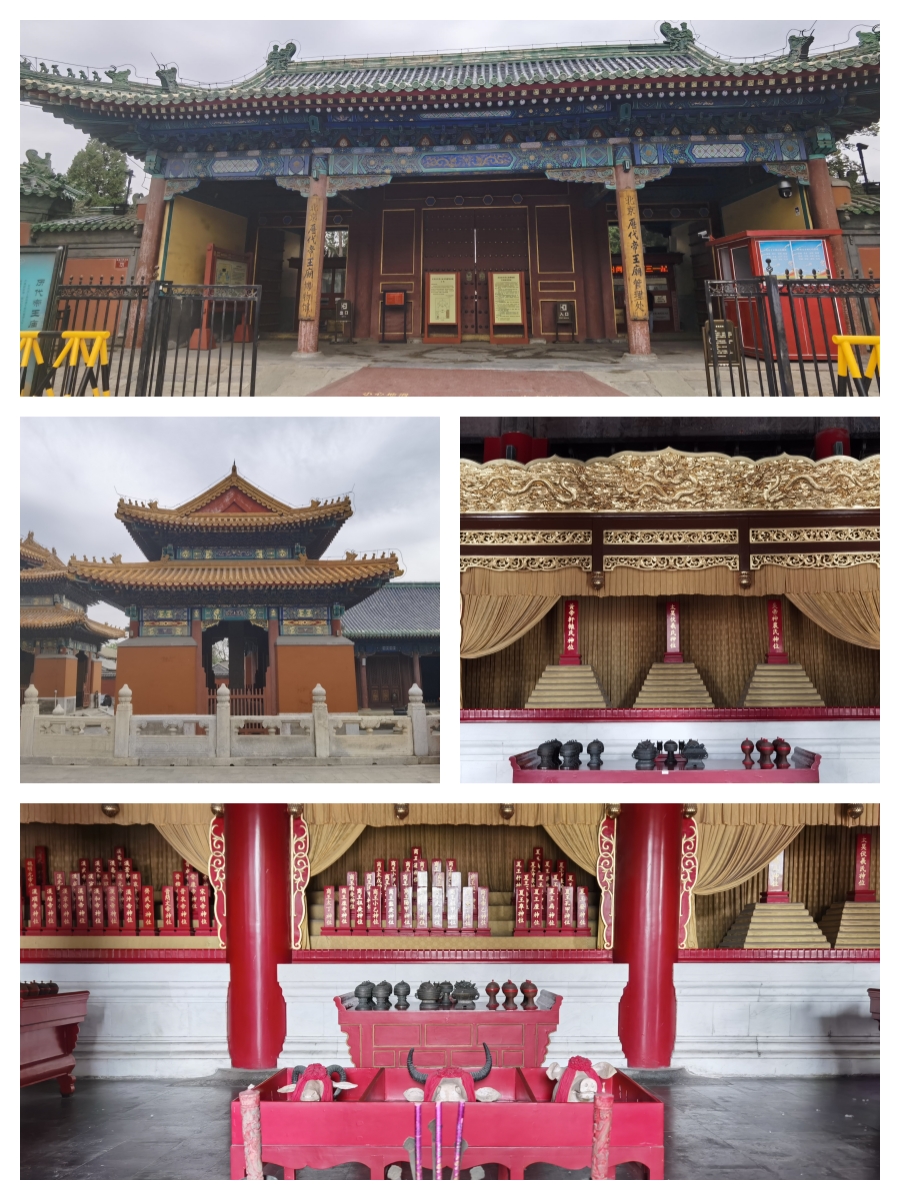
White Dagoba Temple(in Chinese, called Baita Temple or Miaoying Temple, also referred to as While Pagoda Temple)
Address: No. 171, Fuchengmen Nei Dajie, Xicheng District, Beijing.
Opening Hours: Tuesday to Sunday, 9:00–17:00 (last admission at 16:30); closed on Monday.
Admission Fee: 20 yuan. Some groups are eligible for free or half - price admission.
This White Dagoba is the only intact historical relic preserved from the Yuan Dynasty capital Dadu and is also the oldest and largest Tibetan-style white dagoba in China's inland regions.
In 1271, Kublai Khan, the Emperor of the Yuan Dynasty, personally selected the site and ordered the Nepalese craftsman Arniko to design and construct a Tibetan - style white dagoba. The construction of the dagoba took eight years. In 1279, after the completion of the white dagoba, Kublai Khan further decreed the establishment of the Imperial Temple of Longevity and Universal Peace, covering an area of approximately 160,000 square meters, with the white dagoba as its central focus. Unfortunately, in 1368 at the end of the Yuan Dynasty, a fire caused by a lightning strike destroyed the temple complex, with only the white dagoba surviving the disaster.
The current layout of the White Dagoba Temple can be traced back to the first year of the Tian Shun era (1457) during the Ming Dynasty, when Emperor Yingzong of Ming ordered the reconstruction of the temple and bestowed upon it the name “Miaoying Temple.” The Miaoying Temple rebuilt during the Ming Dynasty covers an area of nearly 20,000 square meters, which is only one - eighth of the original size during the Yuan Dynasty.
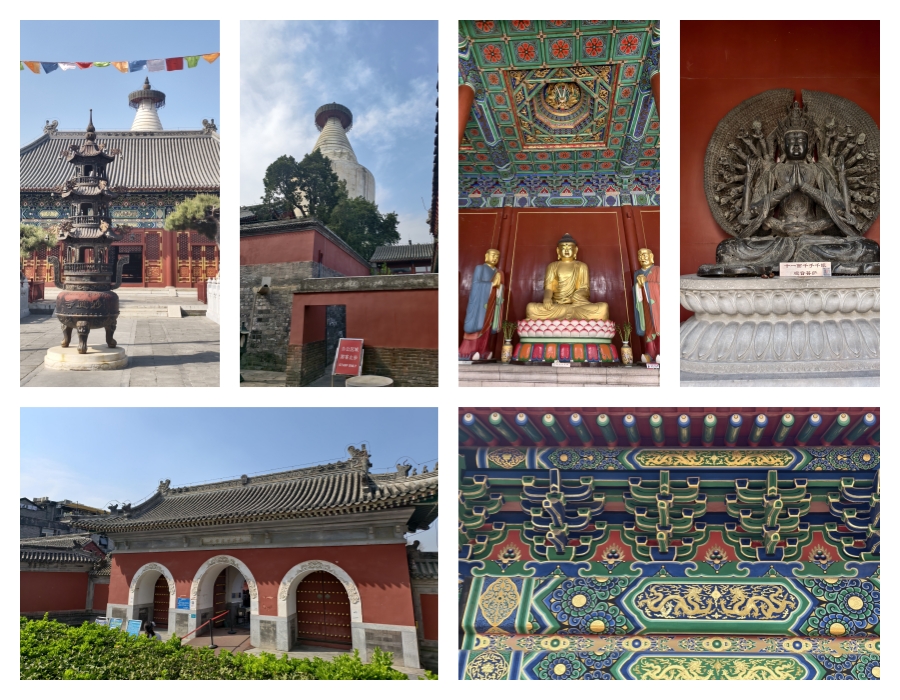
Café Terrace
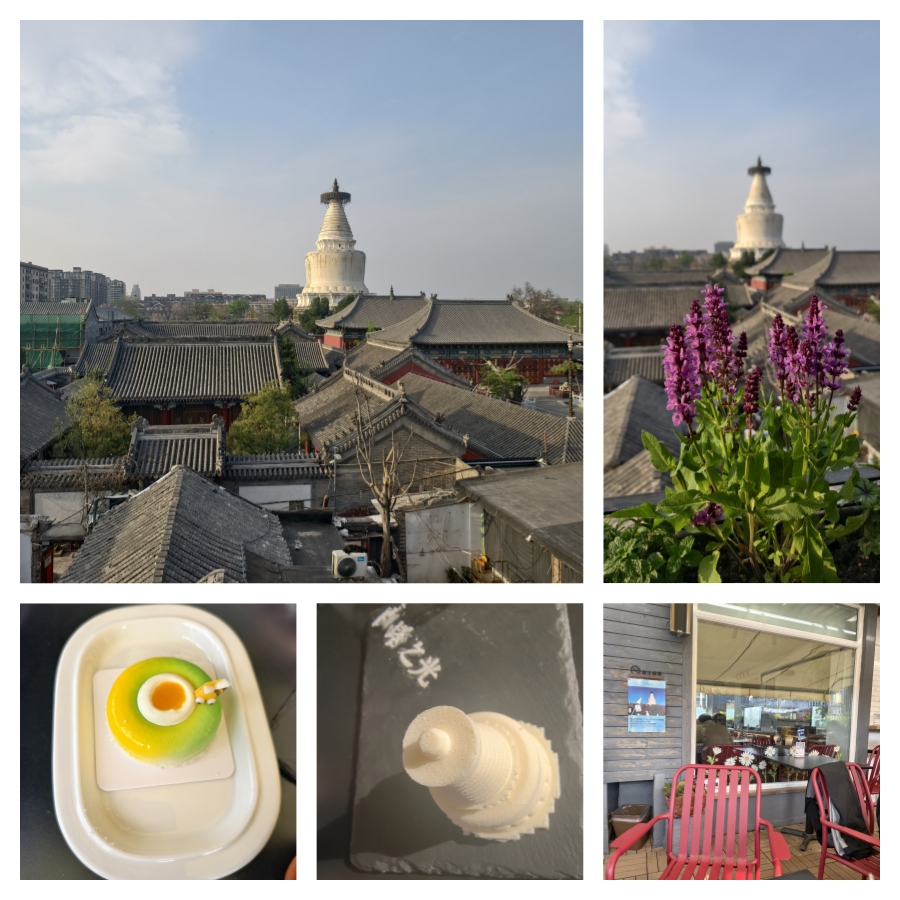
White Dagoba Academy
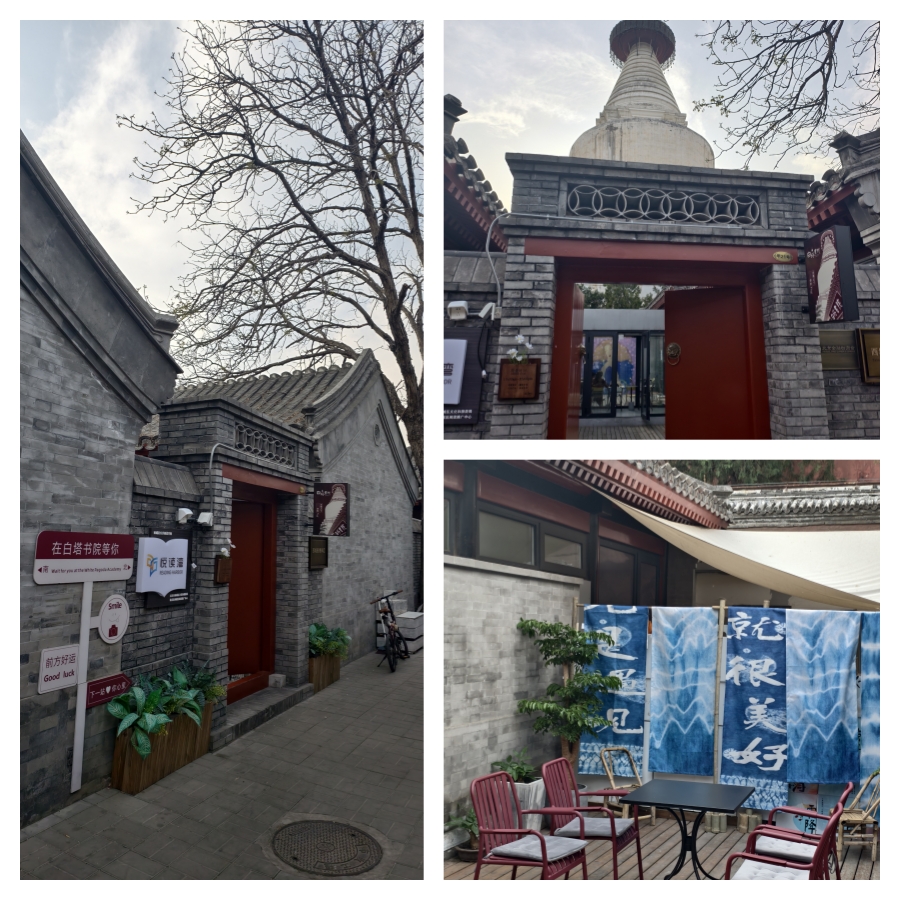
Hutong Walk
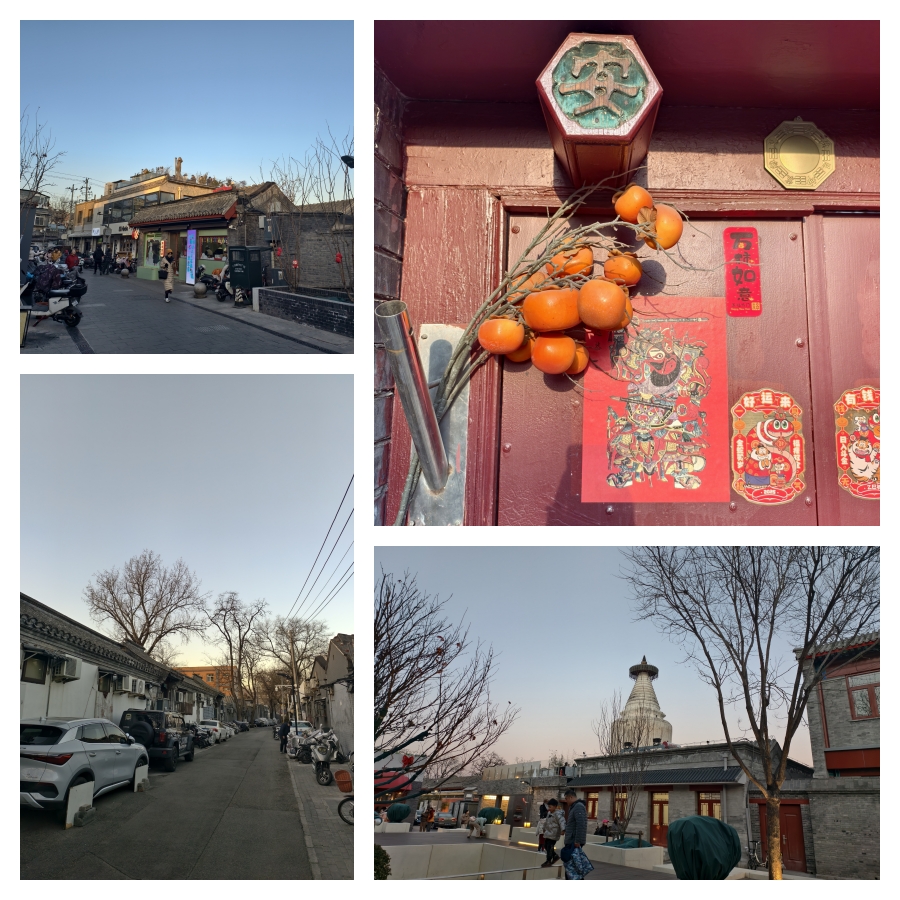
Food
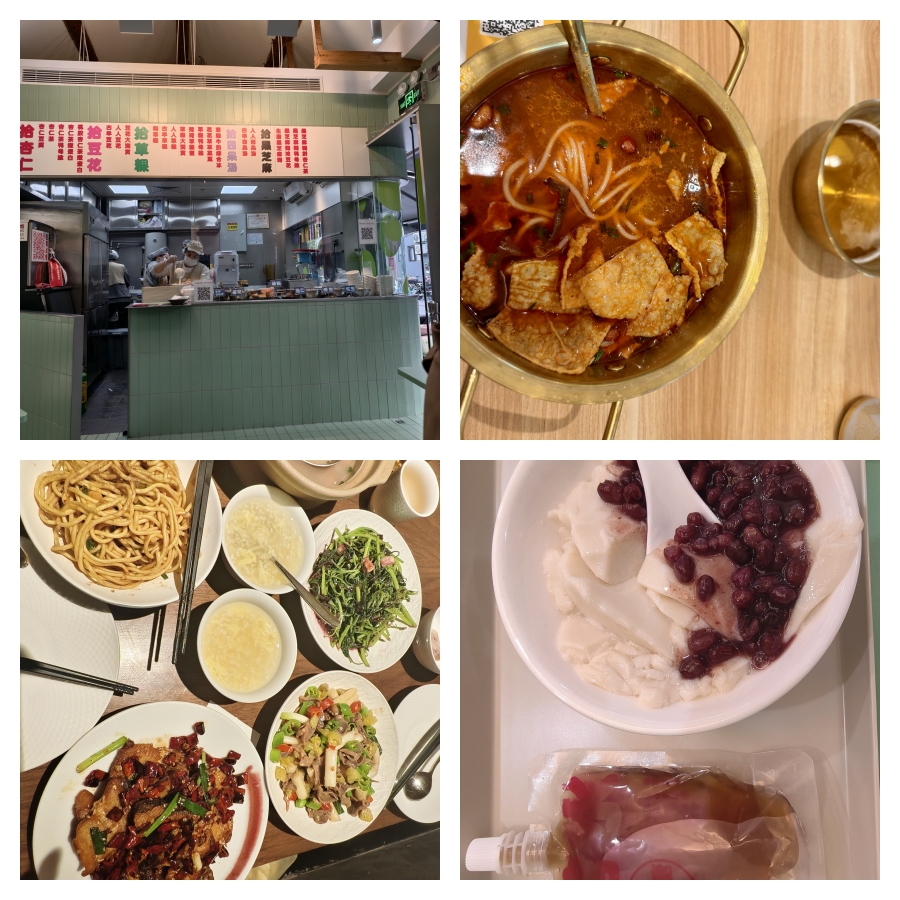
Here is the link to the White Dagoba Temple Area Walk Vlog: City Walk Around Baita Temple, Beijing
